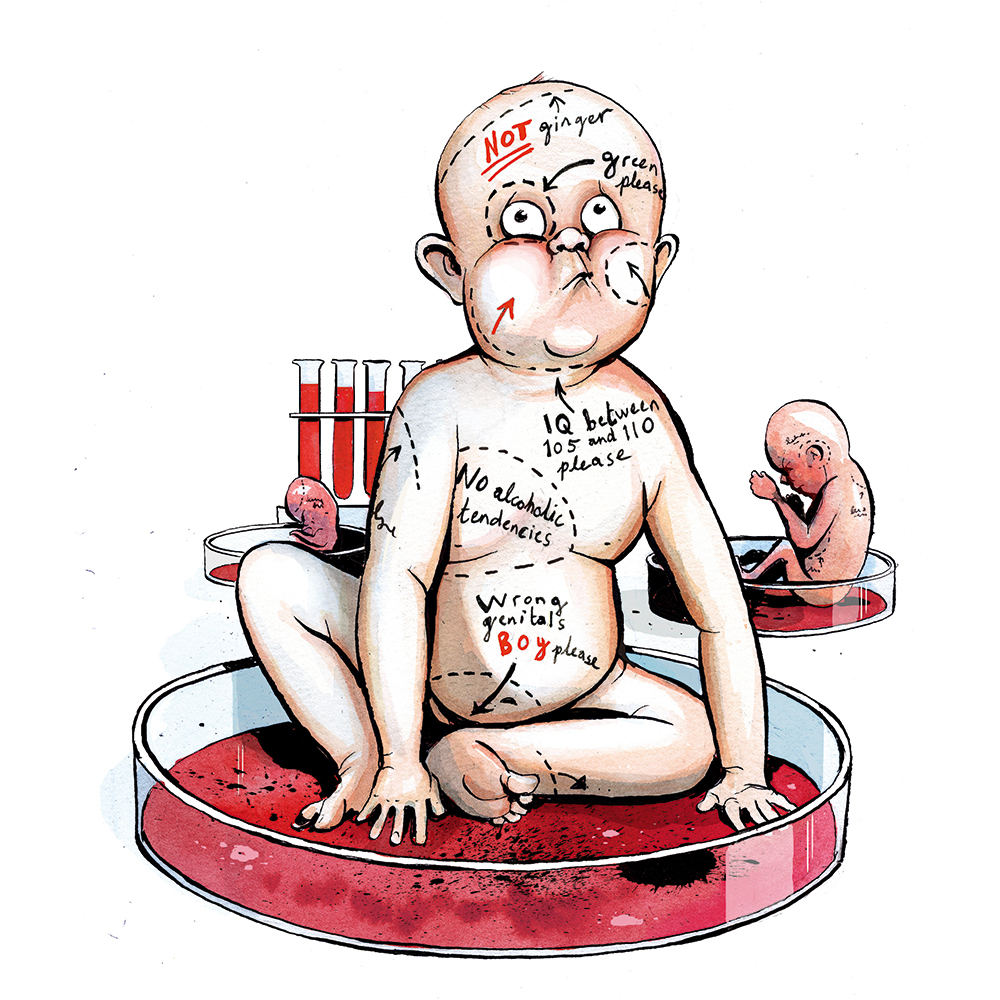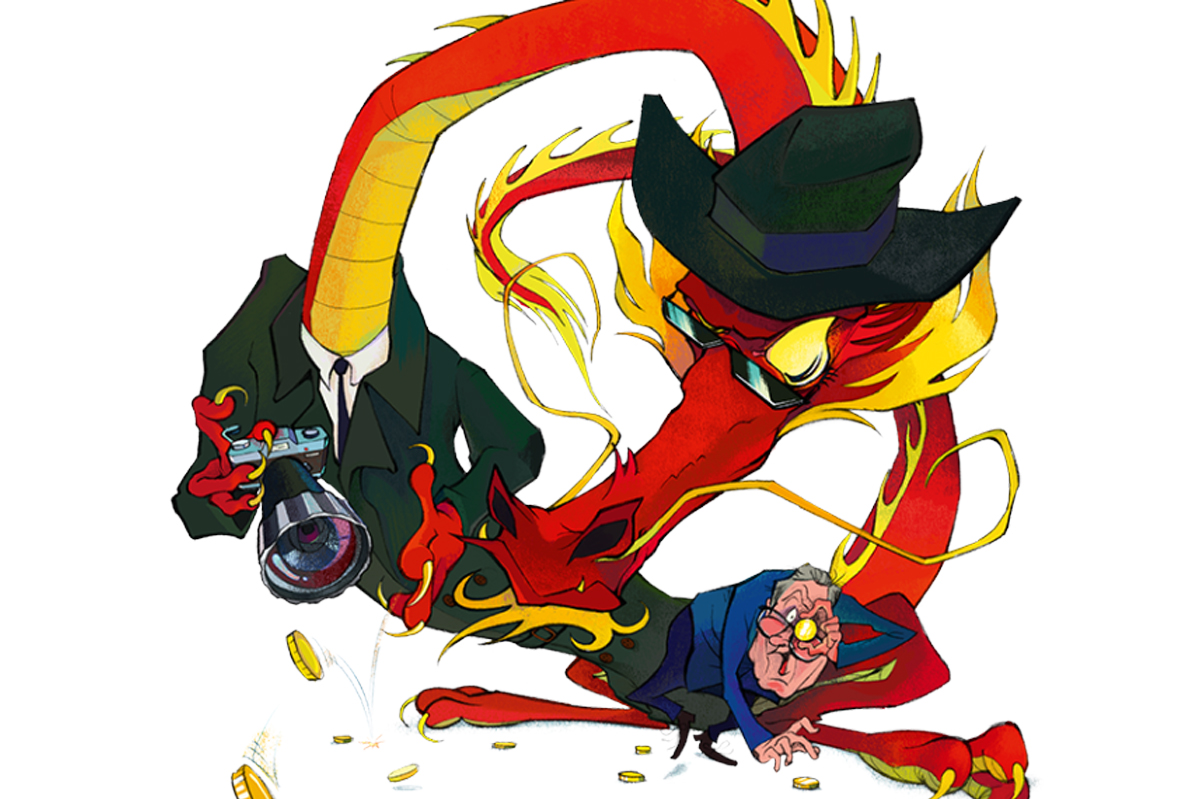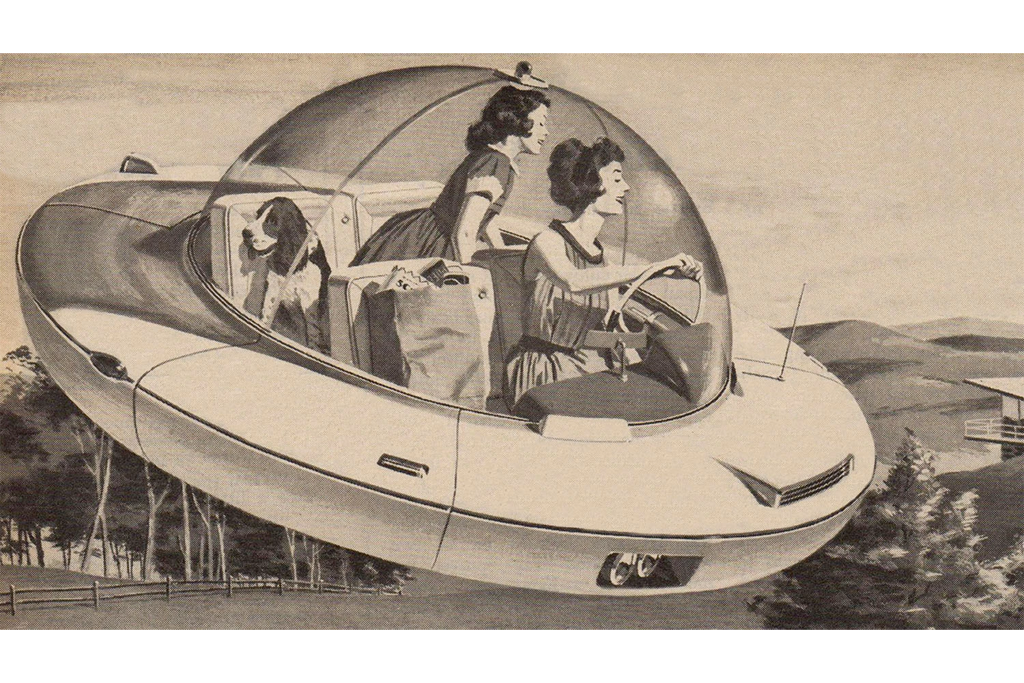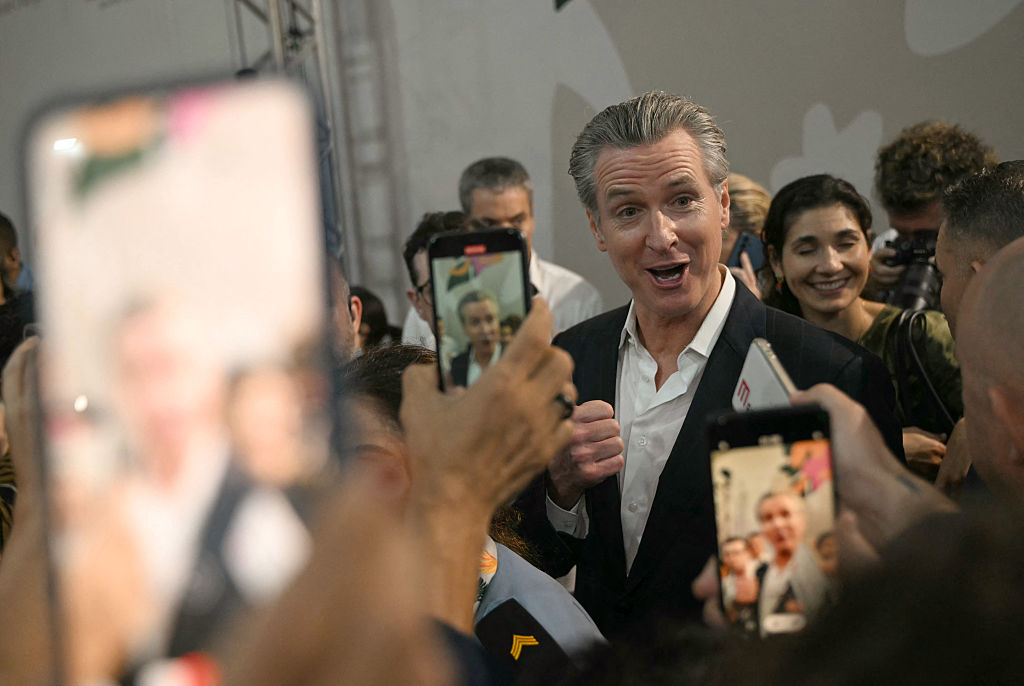“I am officially launching my new company: Cathy Medicine. We will eradicate diseases in future generations through germline gene editing.” This is one of several strongly – and strangely – worded tweets sent in recent weeks from the X account of He Jiankui, a Chinese scientist who served a three-year prison sentence for gene-editing two human embryos. Those embryos are now people: seven-year old twin girls living under the pseudonyms Lulu and Nana.
“Good morning bitches,” Dr. He wrote on April 16. “How many embryos have you gene edited today?” “Get in luddite, we’re going gene editing,” he added the next day. He also wrote: “I literally went to prison for this shit.” Is it the real Dr. He? The journalist Antonio Regalado, who first broke the story of Dr. He’s experiment in 2018, contacted him by email to ask if these tweets were genuine, or whether his X account had been hacked. “Yes, it’s me,” came the reply from his email address.
Germline gene editing of human beings – which means the edits are inherited by their children – is taboo among scientists. They insist it is neither safe (yet) nor ethical, given the possibility that it could be used to “enhance” people. But they do it to viruses all the time – especially in Wuhan, where they specialize in turning bat viruses into ones that can infect humanized mice. It’s a glaring double standard.
The key editing technology for the human genome, known as CRISPR, was invented in 2012 by repurposing a tool from a bacterial immune system, which can home in on precise sequences in a genome, cut the DNA and insert an edited version. Before CRISPR, genetic engineering and gene therapy meant throwing healthy genes into genomes with viruses in the hope that they landed in a good spot without breaking the existing genetic thread. This was good enough for tomatoes, where the deformed mistakes could be discarded, but not acceptable for human beings. The latest iteration of CRISPR, known as PASSIGE, invented by David Liu at the Broad Institute (a collaboration between Harvard and MIT), can insert a large gene into a precise spot with very few “off-target” mistakes.
It was using CRISPR that Colossal Biosciences created a dire wolf, which was announced in the spring. It did so by altering around 20 of a gray wolf’s genes to match the genes of extinct dire wolves, a larger species with white fur. However, the genes Colossal Biosciences edited make up only a fraction of the differences between dire and gray wolves, so many think the company is making misleading claims. But that it may soon be possible to generate animals that look almost exactly like extinct species such as mammoths and passenger pigeons is increasingly plausible.
The experiment that landed Dr. He in prison in 2018 involved seven couples in which the father was HIV-positive. These people can bear healthy children by “washing” sperm in such a way as to remove all traces of the HIV virus with near 100 percent effectiveness before using IVF.
It may soon be possible to generate animals that look almost exactly like extinct species such as mammoths
But Dr. He offered a further reassurance to the couples. He took their embryos and used CRISPR to disable a particular gene, CCR5, without which HIV cannot infect human cells. With at least two embryos, it worked. CCR5 is an intriguing gene. It appears to protect against some infections but makes carriers more vulnerable to others, though being without it does not seem to be problematic. A natural mutation that knocks out CCR5 seems to have arisen among Vikings about 700 years ago and spread through Europe, where it is now present in around 10 percent of the population, possibly because it gave protection against the bubonic plague. Lulu and Nana are therefore likely to be immune to some diseases and prone to others.
When news of Dr. He’s experiment broke, the Chinese Communist party’s official newspaper People’s Daily called it “a historical breakthrough in the application of gene-editing technology for disease prevention.” But within days, both western and Chinese scientists had reacted with fury. More than 100 of the latter signed a letter that called the work “a huge blow to the global reputation and development of Chinese science.” The experiment, they argued, touched an ethical third rail.
It soon emerged that Dr. He had used private funding and thus avoided the usual scrutiny from the state. He was prosecuted, convicted, fined and imprisoned for three years. He was released in 2022 and a year later became director of a new genetic medicine institute at the private Wuchang University of Technology, in Wuhan – a hub of biomedical research in China. Last October, he moved to Beijing from where he is apparently sending tweets that seem to promise he will resume germline gene-editing of human beings, this time to tackle Alzheimer’s disease. Has the Chinese government now decided they approve of his work after all?
In April Dr. He said he had married Cathy Tie, a Canadian biotech entrepreneur (after whom his new company is presumably named) who is also in a hurry to start gene-editing babies. She tweeted in February that “despite CRISPR being a valid scientific tool, scientists haven’t figured out a harmless method to deliver genetic changes into a patient’s body. Embryos are a different case. Delivering a genetic change to a single-cell embryo can be done with one injection.” She argues that Big Pharma prefers to develop expensive and largely useless drugs to treat conditions that could be prevented before birth.
Wuhan is where the worst scientific accident of all time happened in 2019. The White House has now joined the CIA, FBI, German intelligence, the French Academy of Sciences and many others in confirming what we have all known to be likely for four years: that a reckless experiment to make coronaviruses better at infecting human cells resulted in the deaths of more than 20 million people worldwide.
But whereas the scientific world in China and the West was alarmed by Dr. He’s gene editing experiments, it continues to close ranks to this day around Dr. Shi Zhengli’s far more dangerous gain-of-function experiments at the Wuhan Institute of Virology. Why is Shi more acceptable than He?
There is no other place on the planet than Wuhan, during no other period in history than between 2017 and 2019, where and when anybody was doing uncannily suspiciously experiments on the exact kind of bat-borne SARS-like coronavirus that caused the pandemic. Coincidences do happen – but not on this scale.
Dr. Shi’s laboratory was collecting coronaviruses from bats in southern China on a huge scale, bringing them a thousand miles north to Wuhan, sequencing their genomes, swapping their spike genes and infecting humanized mice (rodents which have been genetically modified to have functioning human genes, tissues or cells) with them – sometimes with dramatically increased infectivity as a result. All the while Dr. Shi was boasting of doing these experiments at low biosafety levels to save cost.
The Wuhan lab housed samples of the nine closest relatives of Covid at the time of the outbreak. In 2018, it planned to put a furin cleavage site into a SARS-like virus for the first time, this being the very feature that made Covid so uncontrollable, and which has never been found in any others of this kind of virus before or since.
Yet the reaction of the scientific community in China and the West to Dr. Shi has been exactly the opposite of theirs to Dr. He. Those of us trying to find out what happened in the Wuhan lab have been slandered, abused, censored, branded conspiracy theorists by scientists and told to stop casting aspersions on a great Chinese scientist. Yet Dr. He hurt nobody – not even the subjects of his experiment. But it is highly likely that the reckless and pointless experiments carried out in Shi’s lab killed millions and caused global chaos.
To give an example of just how far people still go to censor and prevaricate on this issue, the following wording appears on Wikipedia to this day: “There is no evidence that any genetic manipulation or reverse genetics (a technique required to make chimeric viruses) of SARS-related bat coronaviruses was ever carried out at the WIV.” Yet several of Shi’s own published papers and an unpublished report from her lab openly boast, in detail, of inventing reverse genetics techniques, manipulating virus genomes and thus gaining them the function of increased infectivity in humanized mice.
When I pointed out the error, Jimmy Wales, Wikipedia’s founder, seemed genuinely surprised, apparently unaware that the entire entry on the origin of Covid is aggressively policed by a pro-China squad of enforcers parroting the dogma that it cannot possibly have started in a lab.
Science is packed with committees deciding on ethics… but there are few that decide whether it is safe
I am not defending Dr. He, who was recklessly premature at the very least; I am pointing out the inconsistency. (I also reached out to both him and Dr. Shi for comment for this article.) A better case can be made for using germline gene therapy to prevent babies being born with life-limiting diseases, where the impact on everybody else is limited, than for training souped-up bat viruses to infect human cells, where the risk is global – and deadly on a huge scale.
The simple explanation of the double standard is that Dr. He’s transgression was ethical while Dr. Shi’s was a biosafety issue. Science is packed with committees that decide whether a planned experiment is ethical; there are few such committees that decide on whether it is safe. Bioethics is a career; biosafety is not. Virologists argue repeatedly that it is offensive even to ask them to submit to extra biosafety regulation because “you can trust us.”
Self-interest also played a part. Former US chief medical advisor Anthony Fauci approved the funding of the Wuhan experiments; Columbia University’s Peter Daszak channeled the money to the lab; UNC’s Ralph Baric shared both the humanized mice and his expertise on how to do the work. Western scientists would have egg on their faces, at the very least, if they were forced to admit that an egregious scientific error caused the most lethal preventable accident in the history of humankind.
This article was originally published in The Spectator’s June 2025 World edition.























Leave a Reply